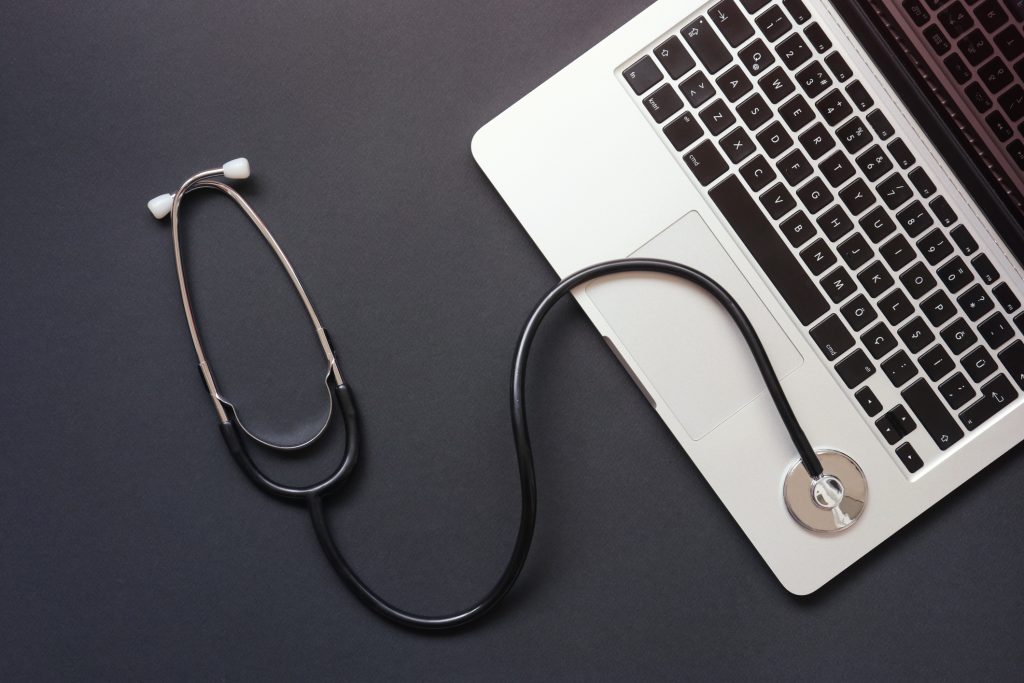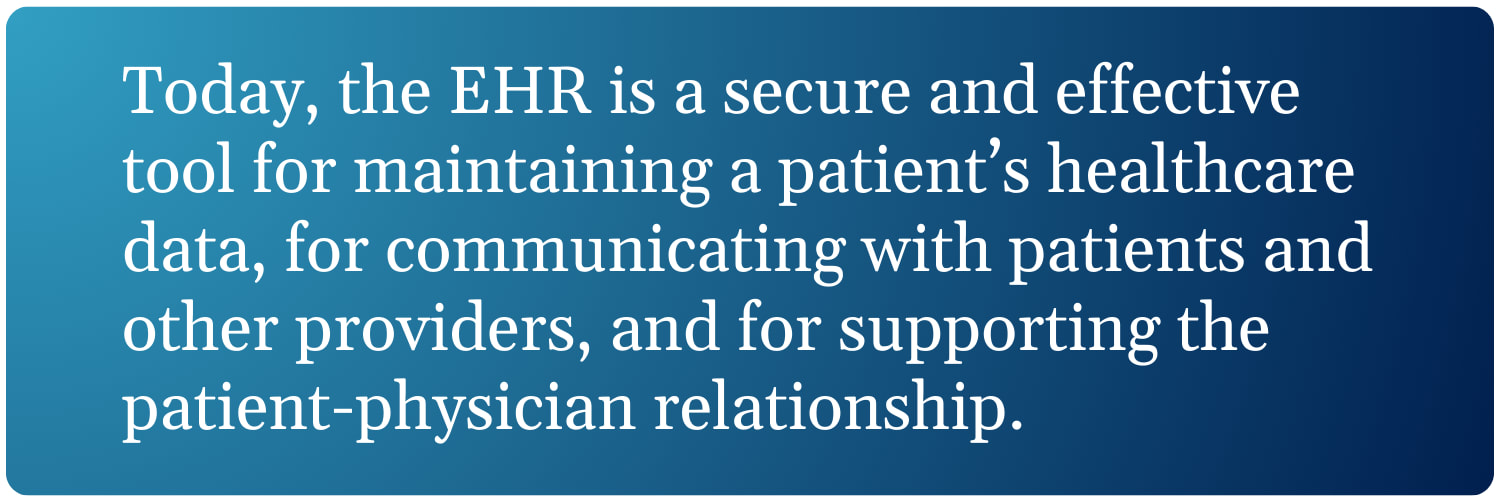The History of Electronic Health Records (EHRs)

The Mayo Clinic in Rochester, Minnesota was one of the first large health systems to use electronic health records in the 1960s. 1 EHRs were so costly in the 1960s that they were exclusively employed by the government in collaboration with health organizations.
Prior to the 1960s, all medical records were kept on paper and in manual filing systems. Diagnoses, lab reports, visit notes, and medication directions were all written and maintained using sheets of paper bound together in a patient’s medical record. Those records were labeled using the patient’s last name, last few numbers of the patient’s social security number, or some other chart numbering system. The records were then filed and retrieved from specially made shelves designed to hold vertical file folders.
In the mid-1960s, Lockheed developed an electronic system known then as a clinical information system. The rest, as they say, is history.

Other technology and engineering companies started to develop electronic medical records systems for hospitals and universities. In the 1970s, the federal government “began using EHR … with the Department of Veteran Affairs’ implementation of VistA, originally known as Decentralized Hospital Computer Program (DHCP),” according to an article in the AMA Journal of Ethics. By the 1980s, more focused efforts were made to increase the use of EHR among medical practices.
The Institute of Medicine (IoM) implemented a study of paper record usage in the mid-1980s and published the results in 1991. The report argued the case for using EHR, “as one of seven key recommendations for improving patient records, and to propose a means of converting paper to electronic records.”
By 2004, the need to convert medical records to EHRs was recognized nationally with the creation of the Office of the National Coordinator (ONC) of Health Information Technology (IT). Shortly after, EHRs were incorporated into the Health Information Technology for Economic and Clinical Health Act (HITECH), providing “higher payments to health care providers that meet ‘meaningful use’ criteria, which involve using EHR for relevant purposes and meeting certain technological requirements.” HIPAA regulations were adjusted to account for electronic protected health information (ePHI) that was being maintained by these EHRs.
Today, the EHR is a secure and effective tool for maintaining a patient’s healthcare data, for communicating with patients and other providers, and for supporting the patient-physician relationship. No more shuffling through paper files, waiting for faxes, or searching for paperwork to be able to provide quality care for patients.
The Ultimate Guide to Buying an EHR: A Comprehensive Resource for Physicians
If you're a healthcare provider in the market for an EHR system, check out this comprehensive guide to help you make an informed decision that will streamline your clinical workflows and improve patient care.






